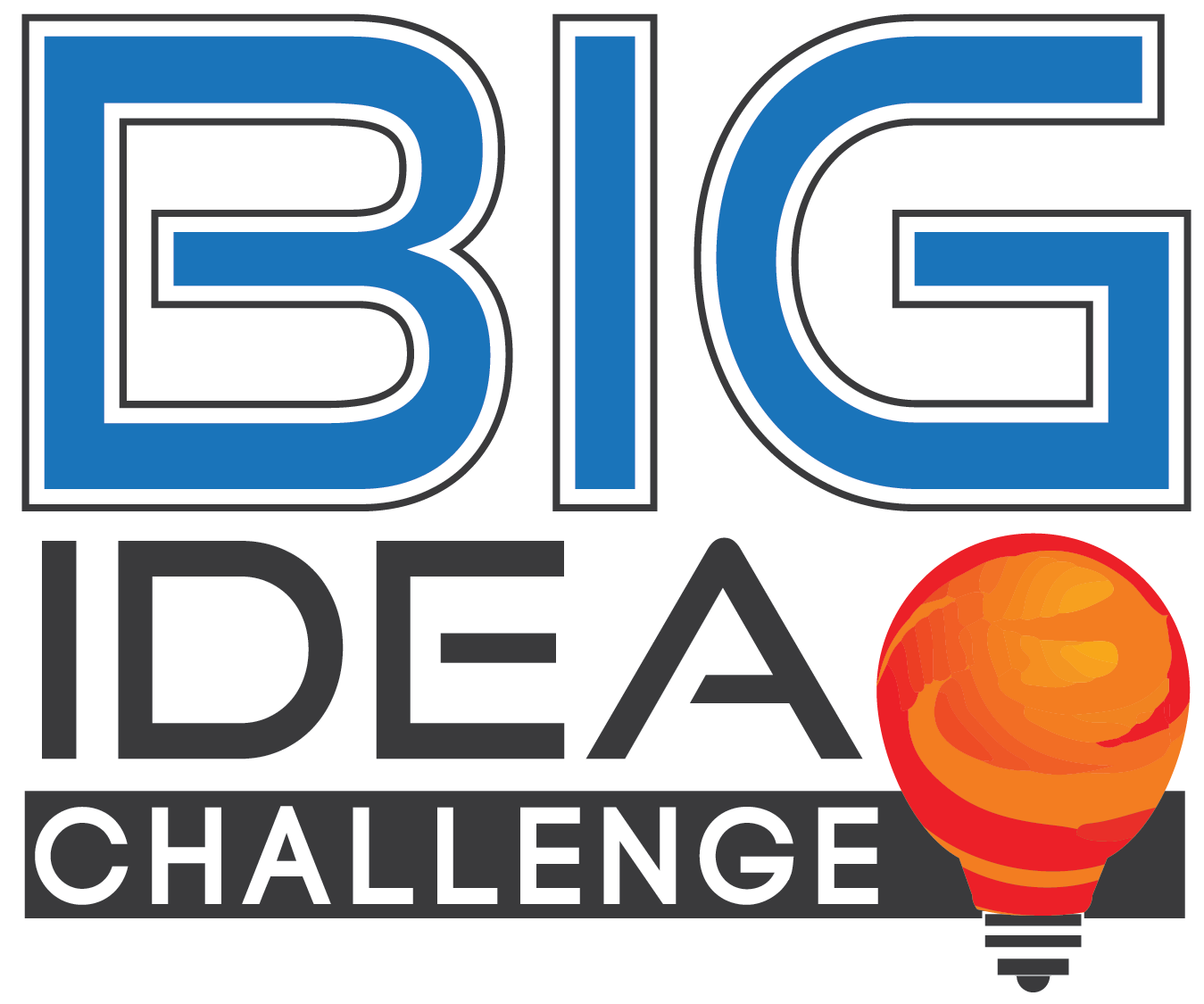Click images for full judge bios.
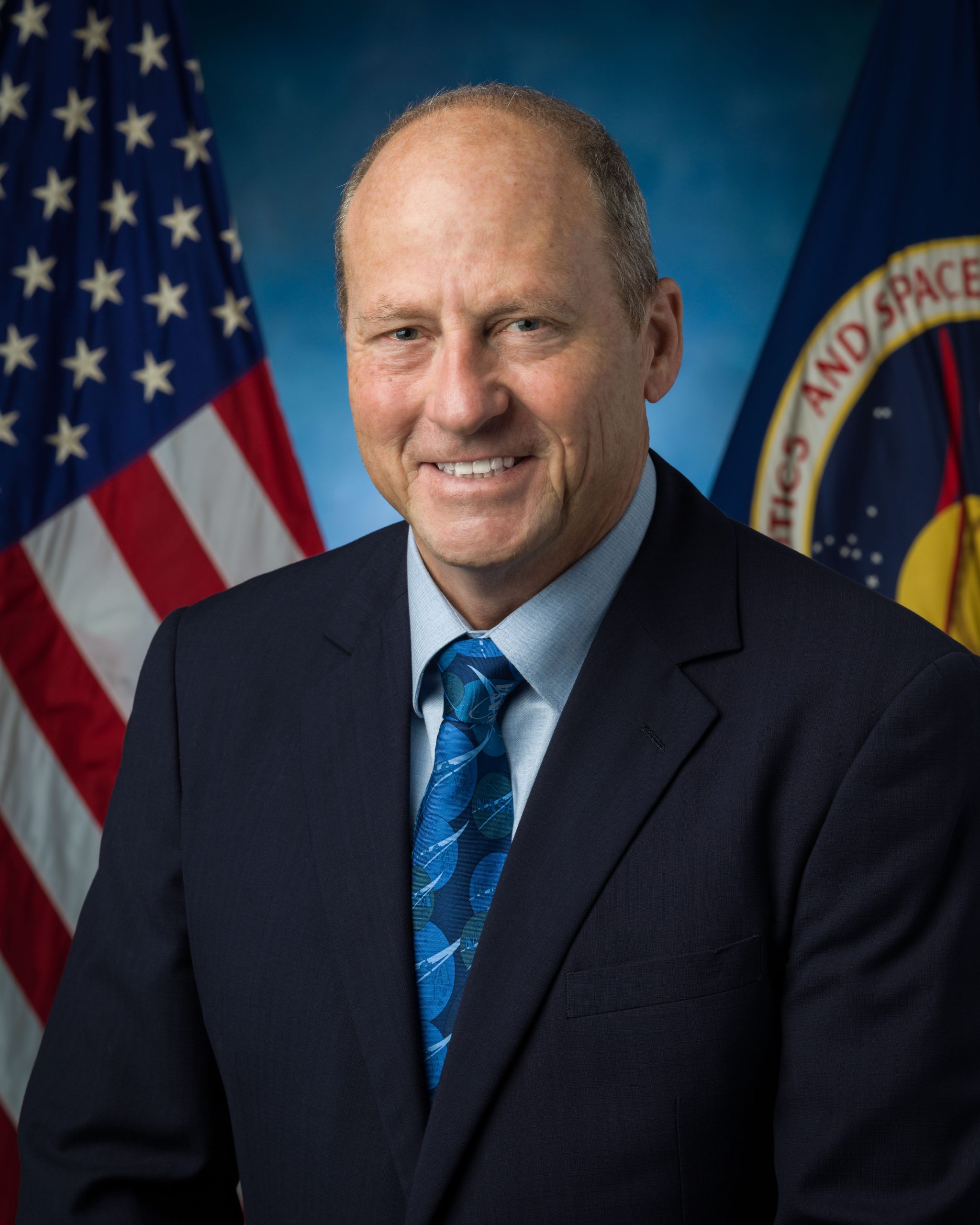 Kevin Kempton
Kevin KemptonNASA Langley Research Center
2024 BIG Idea Challenge Co-Chair
Kevin Kempton currently works with the Center of Excellence for Collaborative Innovation (CoECI) team and provides technical support for many crowdsourcing projects. He also supports the Game Changing Development Program as a Program Element Manager supporting technology development projects. While supporting CoECI and GCD, Kevin recently led several concept studies such as the Mars Ice Home habitat, the Advanced Lightweight Lunar Gantry for Operations (ALLGO), and the Lunar Torch mobile lunar heliostat. Mr. Kempton was also the PI for a NASA Innovative Advanced Concepts (NIAC) Program study called PHLOTE (Phobos L1 Operational Tether Experiment).
Previously, Mr. Kempton was the project manager for the Autonomous Landing and Hazard Avoidance Technology (ALHAT) Sensor Development at Langley where he planned and supported the integration and flight test campaigns that led up to the successful flight test of the ALHAT system on the Morpheus vehicle at KSC. Before ALHAT, Mr. Kempton was the Lead Systems Engineer for the CLARREO Climate Mission Development. He also served as the Lead Systems Engineer and Verification Manager for the Ares I-X Demonstration Flight Test and was awarded the NASA Exceptional Achievement Award as well as the Space Flight Awareness Award for leadership and innovations in systems engineering.
Kevin Kempton
NASA LaRC
2024 Co-Chair
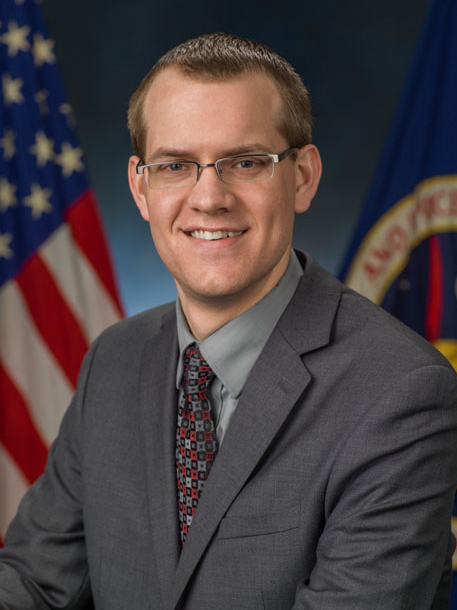 Doug Litteken
Doug LittekenNASA Johnson Space Center
2024 BIG Idea Challenge Co-Chair
Doug Littekenis a Subject Matter Expert (SME) for structural softgoods. He has been at NASA since 2009 and has worked on numerous developmental projects through design, analysis, and testing, including inflatable habitats, inflatable airlocks, softgoods structures, parachutes, flexible electronics, and structural health monitoring. As an SME, he works with the NextSTEP Habitation and Commercial LEO Destination programs to help commercial partners develop expertise in inflatable structures for LEO free-flyer habitats, lunar surface habitats and deep space transit habitats. This work includes leading testing efforts across the agency on inflatable module testing to evaluate their structural performance and failure modes. He also co-wrote a new NASA technical standard, providing guidance on certification requirements for crewed inflatable softgoods structures to be utilized by future programs.
Doug has both a B.S. and M.S. in Mechanical Engineering from the University of Illinois Urbana-Champaign. He is a member of the NASA Engineering and Safety Center (NESC) Structures Technical Discipline Team (TDT) and the American Institute of Aeronautics and Astronautics (AIAA). He has authored 11 technical papers and presented his work at numerous conferences and events. His goal is to advance the use of softgoods in spaceflight and share the capability of this technology across the industry. His efforts towards NASA’s deep space exploration goals will enable a permanent presence on the Moon and help land humans on Mars.
Doug Litteken
NASA JSC
2024 Co-Chair
 Dr. Athonu Chatterjee
Dr. Athonu ChatterjeeJohns Hopkins University Applied Physics Laboratory
Dr. Athonu Chatterjee is a researcher in the space exploration sector of the Johns Hopkins University Applied Physics Lab (JHU/APL) in Maryland. His background is in mechanical engineering, materials processing, and modeling and simulation. Presently he is involved with NASA’s Lunar Surface Innovation Initiative (LSII) in which he is leading the Excavation and Construction capability area. His other research activities at APL include hypervelocity impact of polymer composites, laser ablation, spacecraft design and national security analysis. Prior to joining APL, Dr. Chatterjee worked at the research centers of General Electric (GE) and Corning where he worked on new product and process development for diverse applications such as high-temperature ceramics matric composites (CMC) for aircraft engines, turbine blade manufacturing processes, solid-oxide fuel cells (SOFC), etc. He obtained his Ph.D. in mechanical engineering from Stony Brook University, NY.
Dr. Athonu Chatterjee
Johns Hopkins University Applied Physics Laboratory
 Dr. Milena Graziano
Dr. Milena GrazianoJohns Hopkins University Applied Physics Laboratory
Milena Graziano is a Senior Engineer in the Space Exploration Sector at the Johns Hopkins University Applied Physics Laboratory. She holds a bachelor’s degree in Physics from the University of Puerto Rico, and a masters and Ph.D in Materials Science and Engineering from North Carolina State University. Her work focuses on materials and processes selection, qualification, and testing for spaceflight programs, and has worked on several subsystems for Psyche, Europa Clipper, and Interstellar Mapping and Acceleration Probe. She is also a Deputy Systems Engineer for a gamma ray and neutron sensor instrument going on the JAXA Martian Moons Exploration spacecraft. As a part of the Lunar Surface Innovation Consortium (LSIC), Milena is the Extreme Environments Focus Area Lead, and has led the development of a lunar resource for scientists and engineers that can aid the design and test of lunar surface systems, titled ECLIPSE: Essential Compilation of Lunar Information in Preparation of Sustained Exploration.
Dr. Milena Graziano
Johns Hopkins University Applied Physics Laboratory
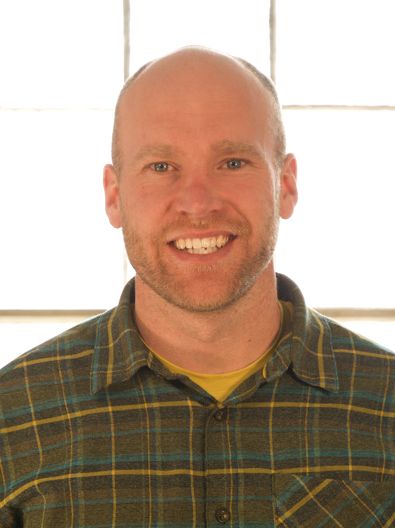 Ryan Gundling
Ryan GundlingRyzing Technologies
Ryan Gundling is the CEO and Principal Engineer at Ryzing Technologies. The company has an expertise in inflatable technologies, ranging from inflatable expeditionary military shelters and soft robotics to inflatable aerodynamic decelerators. Its customers include the U.S. military, NASA and several private companies. Ryan and co-founder Ryan Long have more than two decades of experience in engineered textiles and inflatable structures, which helped them create a research and development company that is on the cutting edge of inflatable technologies. Ryzing Technologies provides every aspect of the design process to its customers, including concept development, detail design, testing, prototyping, and low volume production.
Ryan began his career with Vertigo Inc. as an entry level engineer. He grew along with the company and after acquisition from HDT Global, became manager of the airbeam projects. He was a key person in the development of braided airbeam technology and was the technical lead during the adoption of airbeam into the U.S. Army’s basecamp shelters. He holds a bachelor’s degree in mechanical engineering from Villanova University with minors in computer science and computer engineering.
Ryan Gundling
Ryzing Technologies
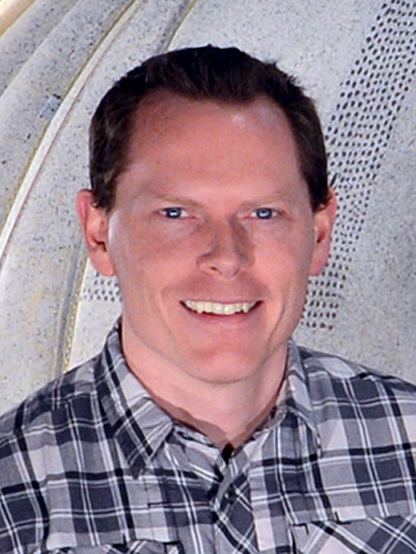 Tom Jones
Tom JonesNASA LaRC
Tom Jones is a senior research engineer and softgoods lead for habitation at NASA’s Marshall Space Flight Center. He has 15 years of experience in leading the design, analysis, and testing of softgoods for crewed applications across NASA and in partnership with industry. In addition, he has been the principal investigator and lead engineer on the development of long-reach, tendon-actuated robotic manipulators, in-space and surface assembly and construction concepts, and has contributed to many of the lunar surface architecture studies over the last decade as a habitat structures and surface concepts subject matter expert. He has a B.S and M.S in Mechanical and Aerospace engineering from the University of Virginia, and was a National Institute of Aerospace graduate fellow.
Tom Jones
NASA MSFC
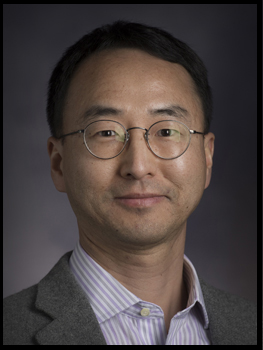
Dr. Jin Ho Kang
NASA LaRC
Dr. Jin Ho Kang is an Aerospace Material Research Engineer, in the Advanced Materials and Processing Branch (AMPB) at NASA Langley Research Center. His role is fundamental and applied research in the structure, property, durability relationships of aerospace materials for NASA missions. He focuses on development and analysis of multi-functional materials for deployable and inflatable space structures such as solar sails, payload booms and Mars/Moon habitats, and advanced packaging methods for large space structures. Before joining AMPB at NASA LaRC, he had been employed for National Institute of Aerospace. Dr. Kang received his Ph.D. in Electrical & Computer Engineering (Chemical Engineering Major – Electronic Materials) from POSTECH (Pohang University and Science and Technology), South Korea.
He holds about 40 US & international patents/patent applications/invention disclosures and has authored/coauthored over 50 peer reviewed journal papers, conference proceeding papers, NASA technical reports and one book chapter. In addition, he has received many awards including the Richard T. Whitcomb and Paul F. Holloway Technology Transfer Award and the NASA Exceptional Technology Achievement Medal.
Dr. Jin Ho Kang
NASA LaRC
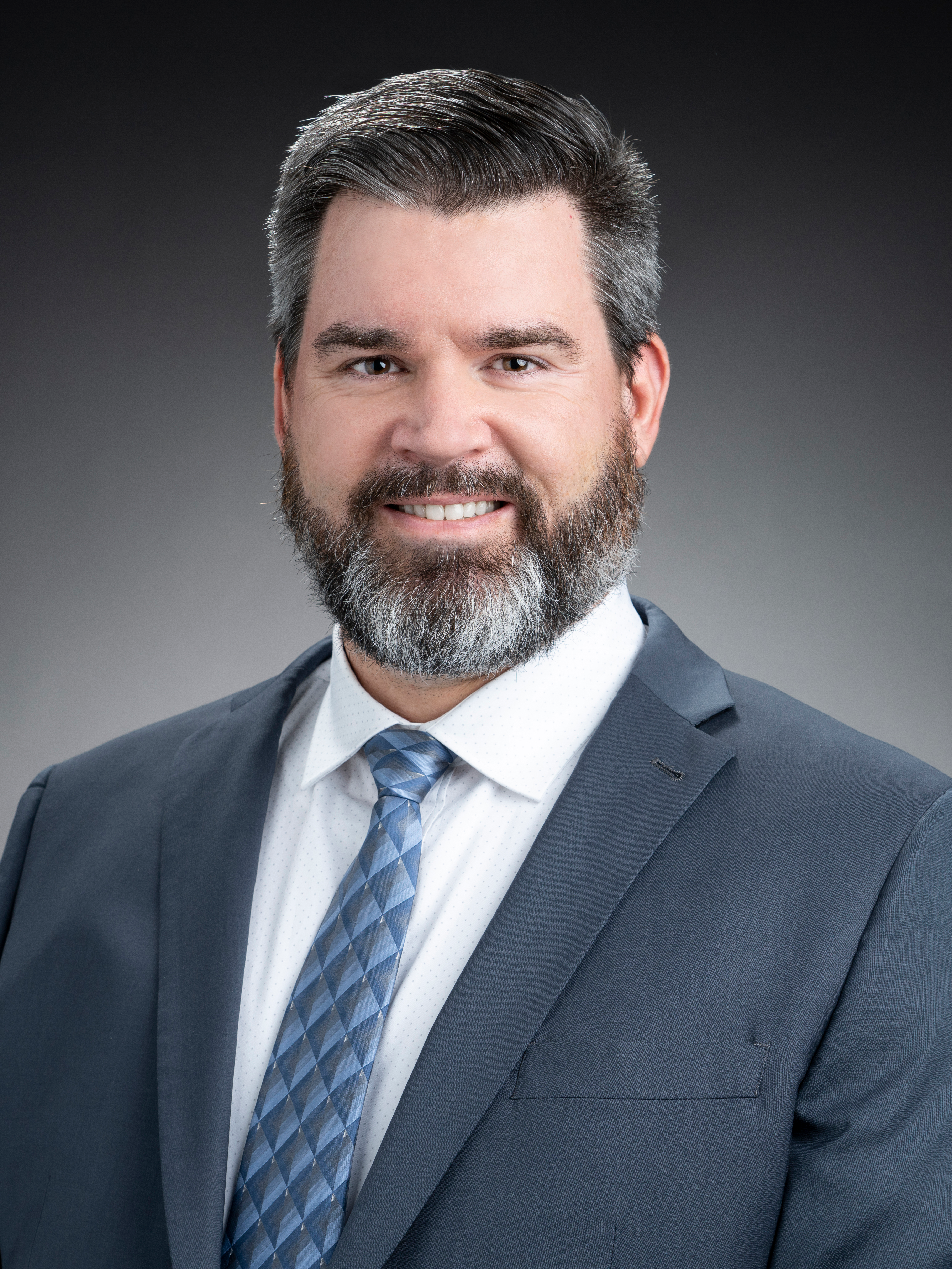 Dr. Michael Nord
Dr. Michael NordJohns Hopkins Applied Physics Laboratory
Michael Nord is a Chief Scientist and member of the Principal Professional Staff at The Johns Hopkins University Applied Physics Laboratory. He received his Ph.D. in Physics in 2005. Over his 25+ year career he has demonstrated expertise in Synthetic Aperture Radar, multi-aperture interferometry, EO/IR ISR systems, field test planning and execution, imagery analysis, signal processing, detection theory, Radio Astrophysics, Planetary Science, non-acoustic undersea warfare, and space resources/In-Situ resource utilization.
Dr. Michael Nord
Johns Hopkins University Applied Physics Lab
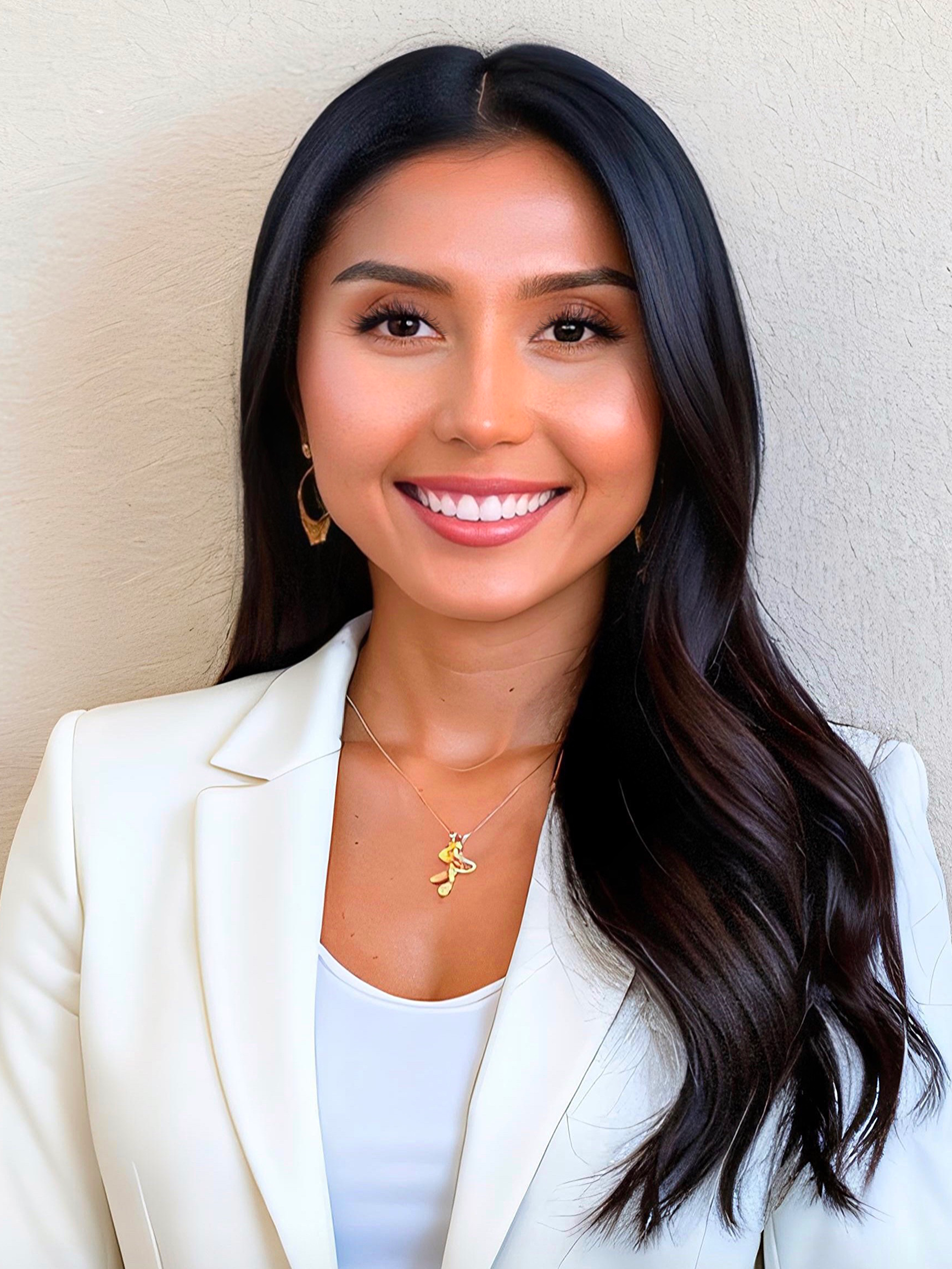 Arianna Sanchez
Arianna SanchezStellar Solutions (NASA HQ)
Arianna Sanchez serves as a contracted (Stellar Solutions Inc.) Systems Engineer for the Lunar Surface Innovation Initiative (LSII) in NASA’s Space Technology Mission Directorate at Headquarters in Washington, D.C. LSII spurs the deployment of technologies needed for lunar surface exploration and accelerates the technology readiness levels (TRL) of key systems and components across low to mid-TRL technology portfolios. In her role, Ms. Sanchez supports strategy, planning and integration to facilitate LSII’s implementation and achieve its goal of maturing technologies needed for sustainable operations on the moon.Prior to her current role, Ms. Sanchez worked in the medical technologies profession while pursuing her undergraduate degree. She performed technical roles across operations, regulatory affairs, and engineering. She has hands-on experience in the end-to-end product design and manufacturing process of instruments with neurosurgical and critical care applications.
Ms. Sanchez is an early career professional joining Stellar Solutions and NASA upon receiving a B.Sc., Aerospace Engineering (BSAE) from California State University, Long Beach (CSULB ‘20). Throughout her career, she has served local-community based organizations (Imagine-LA, Hollywood Food Coalition) and global professional organizations (Space Generation Advisory Council, American Institute of Aeronautics & Astronautics) in various supporting and leadership roles. Currently, she is helping to shape AIAA’s leadership development program and public policy initiatives through her work as Chair and Deputy Director, respectively.
Arianna Sanchez
Stellar Solutions (NASA HQ)
